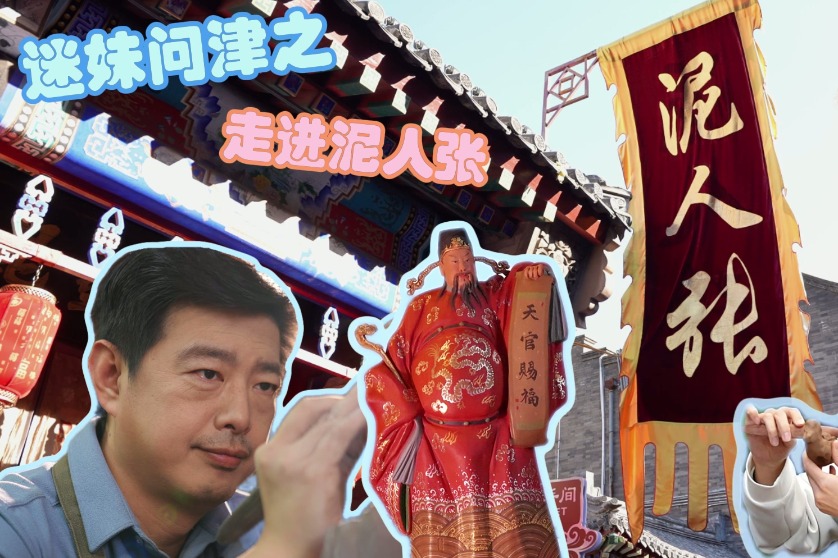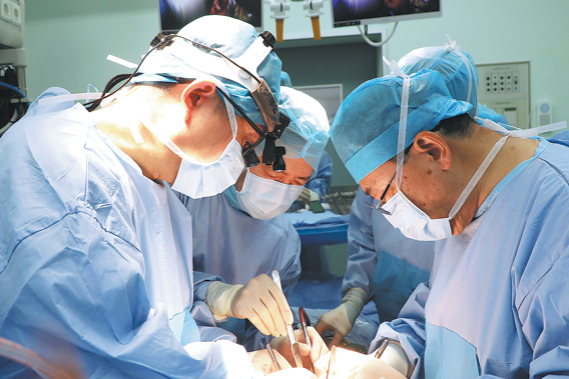Forms of health qigong

With the development of modern science, traditional health qigong is evolving into new forms to meet the needs of modern society. The Chinese Health Qigong Association has organized experts to create five major exercise methods of health qigong based on traditions as follows:
Yi jinjing, derived from Zen
Yi jinjing is a health-building method created by Chinese Zen Buddhism founder Bodhidharma for the purpose of exercising muscles and tendons.
It emphasizes turning, bending, extending and stretching of muscles, bones and joints.
The flexible postures, mental focus and breathing frequency required by yi jin jing fit the needs of people in different fitness conditions of all ages.
Regular practice has a positive effect on improving the functions of the cardiovascular, respiratory and digestive systems, raising the balancing ability, bettering flexibility and strength of muscles and tendons.
Wu qin xi, or five-animal frolic
Wu qin xi is a method developed by famed ancient Chinese doctor Hua Tuo in the Eastern Han Dynasty (25-220) by imitating the actions of five kinds of animals - the tiger, deer, bear, ape and bird.
By emulating animals, the movements of wu qin xi are gentle yet powerful.
Its intensity of physical exercise fits most of the people. Long-term practice can help cardiopulmonary functions, the respiratory system and joint agility as well as the psychological condition.
Ba duan jin, or eight-piece brocade
Ba duan jin emerged before the Song Dynasty (960-1279) and developed into a formal exercise in the Ming and Qing dynasties (1368-1911). Its name refers to how eight individual movements in the form characterize and impart the smooth-moving quality of a piece of brocade.
As a whole, it is broken down into eight separate exercises, each focusing on a different physical area.
It traditionally contains both a standing and seated set of eight postures each. It helps build up the immune function, raise the ability to resist senility and enhance the nervous system after long-term practice.
Liu zi jue, or six-sound healing
The earliest record of liu zi jue can be found in the documents of the Northern and Southern Dynasty (420-581).
It is an breathing exercise producing six different sounds together with a certain set of slow-motion body movements.
By making the six vocal sounds, it is believed the function of internal organs will be coordinated with outside of the body.
This set is a very calming routine and is an excellent qigong form to work in the evening. It helps shed the tensions of the day, calming the body and mind, leading to more restful sleep.
Tai ji yang sheng zhang, inspired by taiji
The mace is a type of apparatus in traditional Chinese regimens long used in physical exercise.
Tai ji yang sheng zhang is based on the ideas of taiji - the unity of yin and yang. It features practice with apparatus-guided limb movements together with respiration and meditation as the major approaches.
The method can be either practiced as a whole or divided into individual routines or combinations of multiple routines.
(China Daily European Weekly 11/28/2014 page25)
Today's Top News
- Thailand and Cambodia agree to temporary ceasefire
- NPC's 4th annual session slated for early March
- Civilizational links for a fairer world
- Manufacturing in China spurs global growth
- Taiwan lawmakers vote to pass motion to impeach Lai
- Xi: Steadfastly implement conduct rules






























